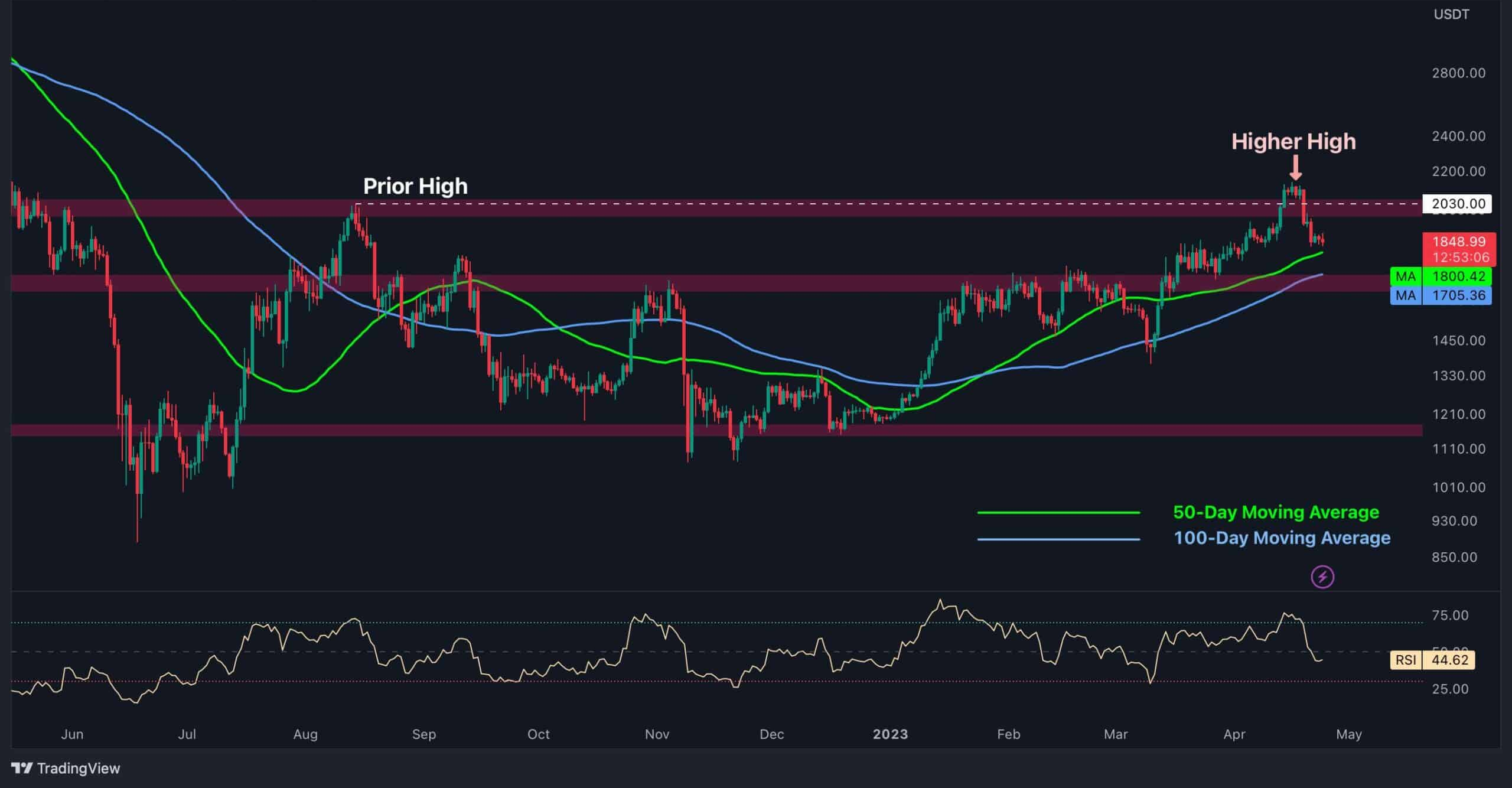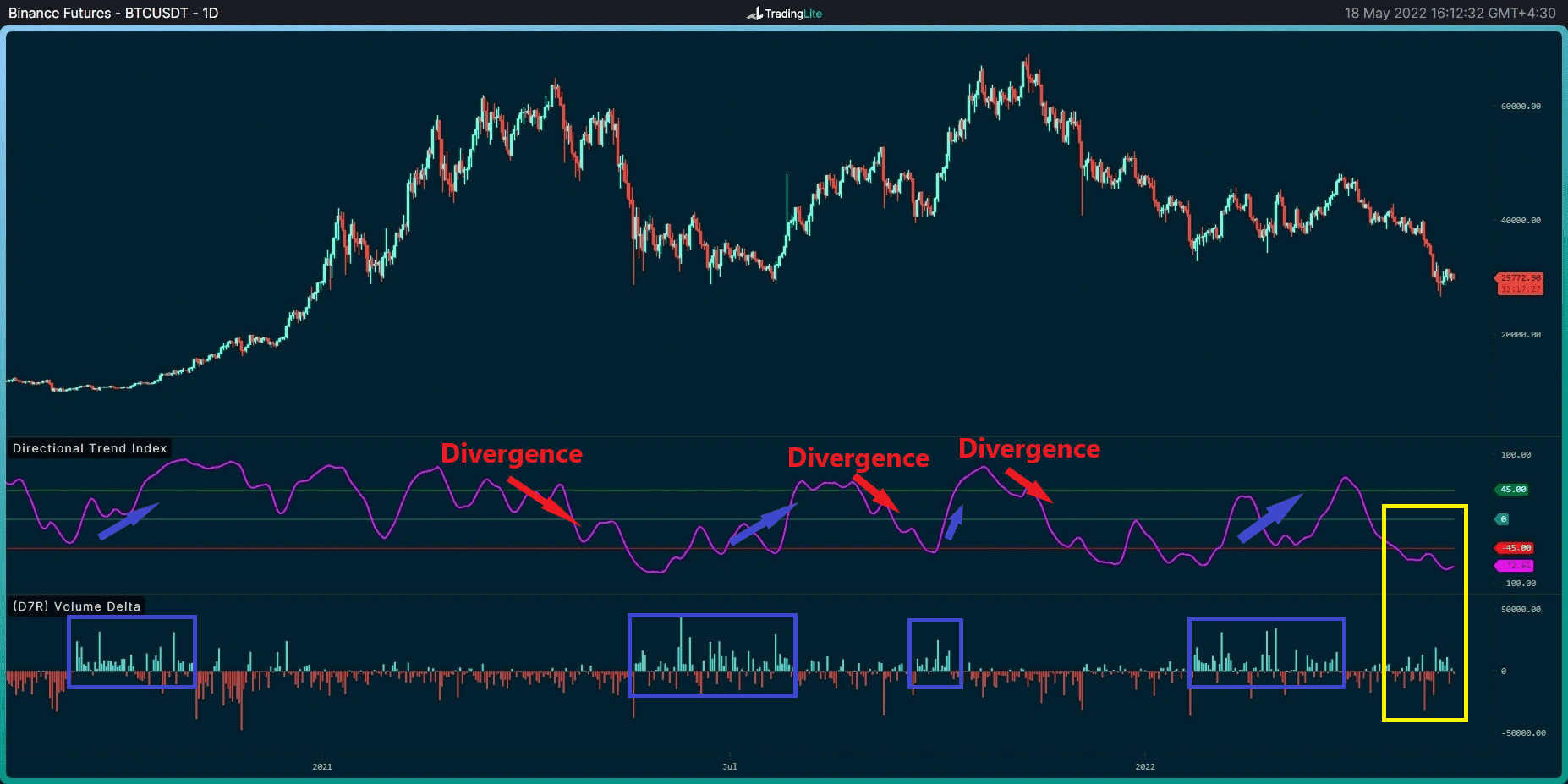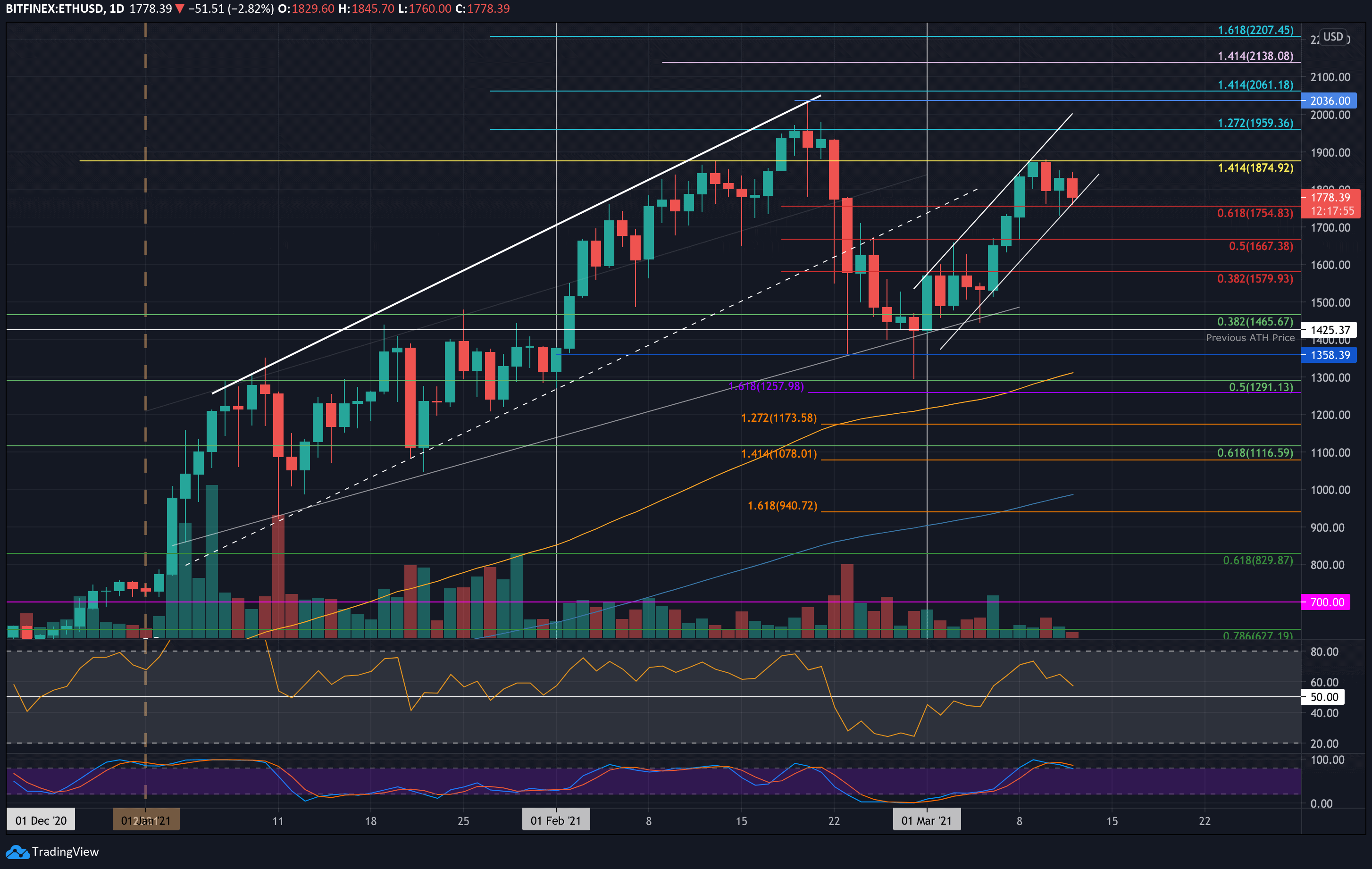
2022 proved to be a much more challenging year for Bitcoin miners compared to 2021. A sharp decline in profitability occurred, driven by a falling Bitcoin price and rising energy costs, making 2022 a particularly difficult year for the mining industry.
The Impact of Bitcoin’s Bear Market on Mining Profitability
In November 2022, Bitcoin’s hashprice reached an all-time low of $55.94/PH/day, marking a significant decline from the previous year. Hashprice, which measures miner revenue per unit of hashing power, averaged $123.88/PH/day in 2022, a steep drop from 2021’s $314.61/PH/day. This decline was primarily caused by Bitcoin’s extended bear market and a 16% increase in energy costs across the United States during the same period.
Rising Energy Costs Contribute to Diminished Mining Profits
Rising energy costs were a major factor in reducing Bitcoin mining profitability in 2022. In 35 U.S. states, industrial electricity rates were lower than the break-even point for the S19 Pro miner, which requires an electricity price of $92 per MWh to remain profitable. Hosting service fees also surged, with prices typically ranging between $0.08 and $0.09/kWh, compared to $0.05-$0.06/kWh before 2022. Anything below $0.075/kWh was considered a favorable deal in the current market.
The Plummeting Market for ASIC Miners
The market for ASIC miners, specialized machines used to mine Bitcoin, saw significant losses in 2022. Miners of all generations, whether new, mid, or old, experienced a dramatic 80% decrease in returns. This contributed to an increase in the premium placed on the latest mining model, the S19 XP, reflecting the widespread challenges across the industry.
Public Bitcoin Miners Face Severe Losses and Bankruptcies
Public Bitcoin miners experienced severe losses, with many seeing their stock prices drop by over 90% throughout 2022. Core Scientific (CORZ), one of the largest mining companies, saw its stock fall by 99%, eventually filing for bankruptcy as concerns over its solvency mounted. Greenidge Generation (GREE) also faced a drastic 98% loss, struggling to manage high-interest debt collateralized by its own ASIC machines. Other miners, such as Iris Energy, had to cut their mining capacity to meet debt obligations.
Public Miners Drive Bitcoin’s Hashrate Increase in 2022
Despite the financial struggles, public Bitcoin miners significantly increased their hashrate dominance in 2022. Bitcoin’s overall hashrate rose by 41%, but public miners saw a much larger increase of 59%, compared to a 19% rise among private miners. This expansion highlights how public miners continued to grow their market share, even as many in the industry faced considerable financial difficulties.
Ethereum’s Move to Proof of Stake Further Exacerbates Challenges for Bitcoin Miners
2022 also marked the end of Ethereum’s mining industry as the network transitioned to a proof-of-stake consensus mechanism in September. This shift rendered Ethereum mining obsolete, leaving Bitcoin as the sole dominant proof-of-work network. Despite Ethereum’s three months without proof of work, Ethereum miners still generated nearly as much revenue as Bitcoin miners in 2022, earning $8.87 billion compared to Bitcoin’s $9.55 billion. Since then, Ethereum’s transition to staking has reduced its ETH issuance rate, making it much slower than the previous mining process.



